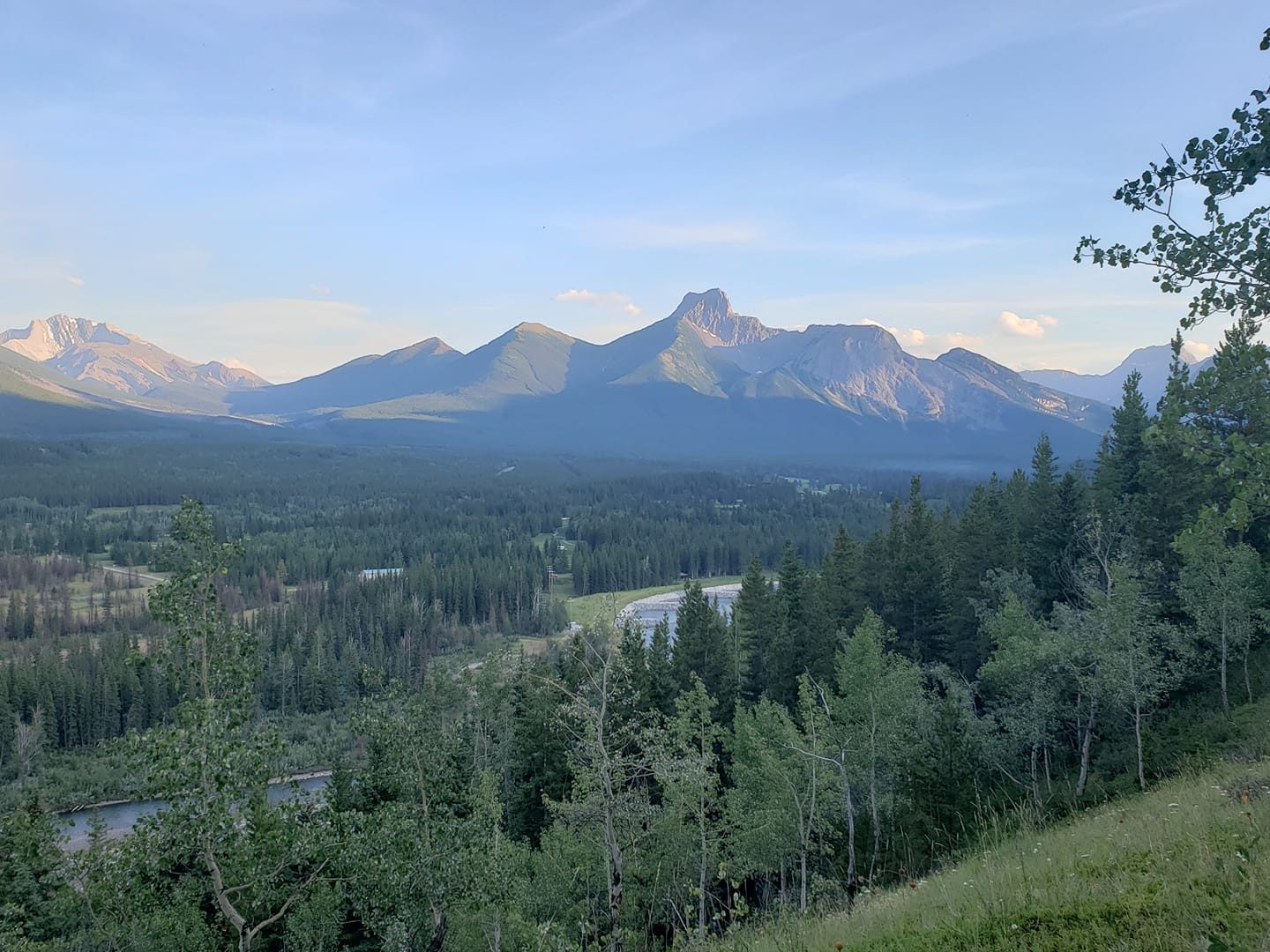In past years, planning a trip to Kananaskis Country was as easy as booking a few days off and finding a place to sleep while you're there. Now, anybody making a stop in Kananaskis Country will have to pay either a daily $15 fee or an annual $90 fee, effective June 1, 2021.
The idea of a fee to enter popular parks isn't a new concept. Banff National Park has a $10 daily fee and a $70 annual fee for anyone making a stop within the park. Alberta recently implemented a $20/three days and $30/annual fee for Albertans looking to camp on Public Land/Crown Land.
With each park having a unique fee, some information could get lost in translation. Michael Roycroft, the Regional Director for Alberta Parks Kananaskis Region, says the new Kananaskis fee is similar to the Banff National Park fee for vehicles.
"If you were to stop in Banff National Park, you would need a pass, and that's the same here in Kananaskis." says Roycroft, "But where we differ, is while Banff has you hang the tag on your mirror, we at Kananaskis will be tracking compliance based on license plate information."
When registering for a pass, you will be prompted to enter your license plate number. For the annual pass, you can enter up to 2 license plates as well as 1 trailer license plate associated with your family. The license plate information given will then be cross-referenced with mobile license plate-reading vehicles, similar to the vehicles used by Calgary and Edmonton Parking Authorities.
"We will be using this mobile license plate-reading approach with vehicles that have stopped along the highways or in public day-use areas," says Roycroft
Just as in Banff National Park, a vehicle that is driving through Kananaskis County without stopping does not have to purchase a pass.
According to Roycroft, the idea of a vehicle-based pass has been kicked around for a number of years, but the pandemic sped the process up and the fee had been #1 on their priority list for the past 6 months.
"I think there was a recognition over the past number of years that due to visitation and the pressures of that visitation on the landscape and the infrastructure, we needed to rethink how we resource some things."
When it comes to where the dollars go when someone purchases a pass, Roycroft says 100% of the revenue goes back to maintaining Kananaskis Country.
"Whether it be parks or public land we're talking enforcement, we're talking boots in the ground. Additional resources will be put towards keeping visitor centers open and making sure recreational services are available. The funds also go towards rescue services so if someone gets into trouble in Kananaskis there is help on the way."
When asked if the new Kananaskis Country fees may result in fewer visitors to the area, Roycroft says he doesn't anticipate much change.
"When COVID is over we certainly hope this will reduce the number of vehicles in Kananaskis, but we also recognize that there has been significant growth in visitation to Kananaskis over the past decade and we don't expect that to change."





